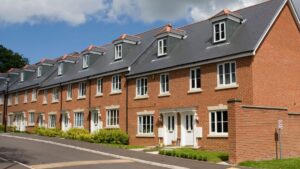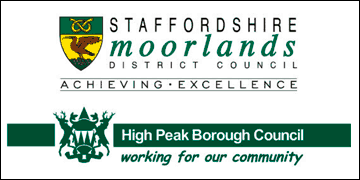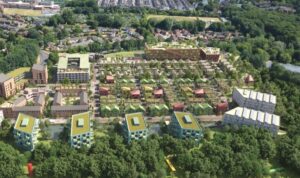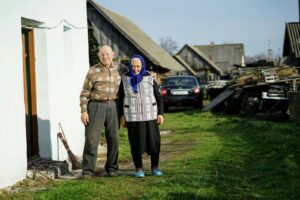With demand for new housing rising across the UK, rural communities are increasingly concerned about the impact of construction on local wildlife.
In Sussex, for example, a plan for 190 new homes recently drew 1,700 objections. Yet under England’s new Biodiversity Net Gain (BNG) rules, developers must ensure every project leaves habitats at least 10% more biodiverse than before.

To help housebuilders achieve this and avoid common mistakes, Thomson Environmental Consultants, one of the UK’s leading independent environmental consultancies, has outlined six key actions to create ecological value within new developments.
1. Carry out a Preliminary Ecological Assessment (PEA)
The first step is understanding the site’s existing biodiversity. A Preliminary Ecological Assessment establishes a baseline by evaluating habitat types and conditions. These assessments are often required in planning applications and help quantify how much biodiversity gain is needed after development.
2. Engage early with an ecologist
Bringing in an ecologist at the earliest planning stages can significantly reduce costs and delays. Early collaboration allows developers to test different site layouts and identify those that minimise ecological damage while maximising biodiversity gain. It also ensures surveys are completed within the correct seasonal windows, aligning with project timelines and legal obligations under the BNG framework.
3. Plant native species
Using native plants and trees that match the surrounding ecosystem supports local wildlife and provides greater ecological value than non-native species. Enhancing or retaining habitats already in good condition is generally better than removing and recreating them elsewhere.
4. Test and assess soil quality
Soil testing not only determines site stability but also informs habitat creation. Understanding soil chemistry and nutrient levels helps ensure chosen plants and trees are compatible with on-site conditions. For example, nutrient-rich soils may not suit meadow planting, which thrives in low-nutrient environments.
5. Build flood resilience with green and blue infrastructure
Incorporating features like rain gardens, ponds, wetlands, and green roofs helps manage rainwater naturally, reducing flood risk. This “green and blue infrastructure” enhances biodiversity while protecting communities from extreme weather and easing pressure on drainage systems.
6. Improve urban cooling
Green roofs, walls, and trees can cool urban areas by reducing the Urban Heat Island effect. This not only creates more comfortable living environments but also cuts energy use, improves air quality, and boosts property values.
Together, these six actions show that building homes and protecting nature need not be at odds. With smart planning and early ecological input, developers can deliver both housing and thriving habitats.


















Leave a Reply